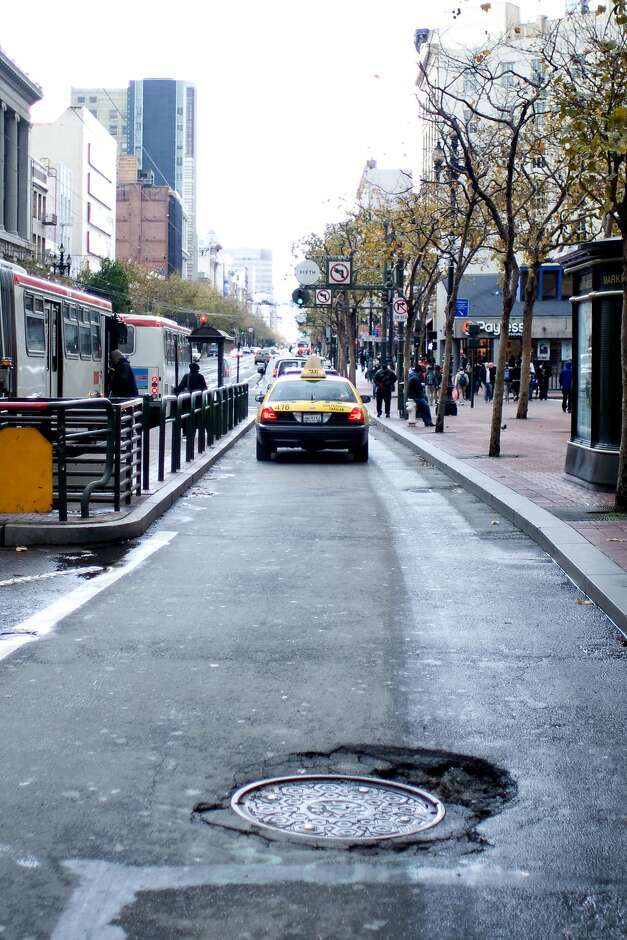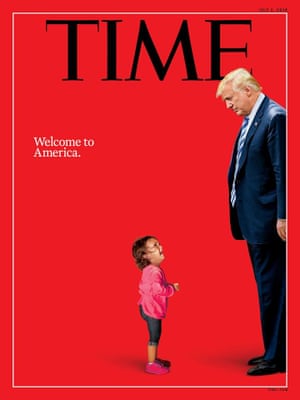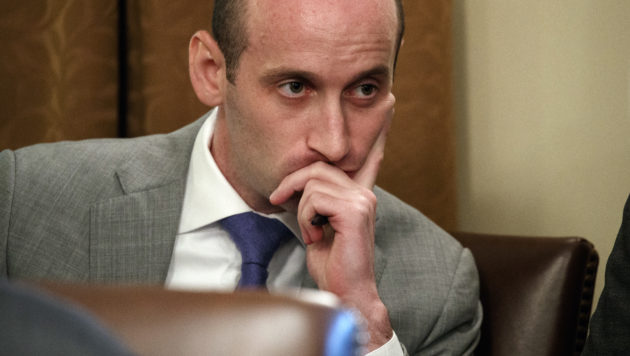I haven't done a roundup in months, which makes this long overdue.
Cyclists need to be warned about a new hazard---riding a bike on fire trails in the wilderness/bordering wilderness areas:
Two men enjoying a morning bike ride in Washington state early Saturday encountered a cougar, leaving one man dead and the other hospitalized, authorities said. The incident—the first fatal cougar attack in Washington in nearly 100 years—occurred in the foothills near the North Bend area outside of Seattle.
The injured biker, identified only as a 31-year-old male...described a scene of horror after the encounter. He told authorities the victim “had his whole entire head in the jaws of this animal. And was being shaken around very, very horribly”...First responders found the cougar standing over the body of the man it had killed, authorities said. The animal was euthanized and a necropsy will be performed to determine why it became aggressive...
"Euthanized"? That's a euphemism for killed, unless those that killed the animal went to great lengths to do it humanely and didn't just shoot it.
Why would the animal become "aggressive"? It was probably just hungry and saw the cyclist as prey in its habitat.
The attack was rare but not unheard of. Back in 1994 a mountain lion killed a jogger in California. But that lion was then simply killed, not "euthanized."
When I was a kid in 1950s Marin County, mountain lions were seen occasionally in the hills above Corte Madera where my family lived. I was surprised to learn that there are still mountain lions caught by cameras in Marin's back-country, whose fire roads are now plagued mostly by mountain bikers.
We'll always have bike evangelists like Bike Snob (not to be confused with this guy, though many bike blogs read like they're written by the same guy):
Cycling evangelists have long pondered what it will take to make cycling go mainstream, and while the 21st century has provided plenty of trends so far...it turns out bike share is the big one.
Bike share is doing for bicycles-as-transport what Starbucks did for the macchiato: transforming it from something exotic and foreign-sounding into something commonplace. And while neither a Starbucks macchiato nor a hefty bike-share bike are likely to excite the connoisseur, both are eminently accessible, which is ultimately the point (Bike Share Can Save Our Cities—If We Let It).
I have seen those large bikeshare racks in the neighborhood. They eliminate at least two parking spaces, but I rarely see anyone riding those bikes.
I didn't know that our cities needed saving, and I also don't know---or care---what a "macchiato" is.
This bike blogger tells us that the US has a bad bike problem:
In the US and other places that are not as used to bikes as transportation, people get sucked into what I call the Department Store Bike Trap: They buy a low-quality bike that breaks down very soon. Dutifully, when the bike breaks down the first few times, they take it to the bike shop to be fixed, but it breaks down again and again.
 |
Bad bike! Go to the backyard!
|
Better to spend more money out front for a good bike that's more durable. But he also has some bad advice about getting children on bikes:
This [bad bike]problem is even worse for kids; even though having a bike is seen as a cornerstone of the childhood experience, kids have to change bikes every few years as they grow. The Department Store Bike Trap compounds every time they need a new bike, and kids are notoriously rough on their bikes — kids know what's up, they joyfully run their bikes into the ground — so their bad bikes break down even more quickly. If the cycle is bad enough, a child may not learn to appreciate how fun and useful biking can be. Or, even worse, they may never learn to ride at all.
Alas, as I've pointed out over the years, kids on bikes often break down first, since, according to the American Association of Neurological Surgeons, cycling accidents are the greatest cause of traumatic brain injury in children.
Sometimes there's more sadness in the bike world, like when a grownup---that is, a chronological adult---gives up and puts her bike in storage:
In the grip of decluttering mania, I requested a spot in my building’s bicycle storage room. I spent years as an avid bicycle commuter, but due to a variety of factors, my bicycle was spending far more time in my living room than the streets. Rather than letting it continue to block my plants and disrupt the flow of my space, I told myself I’d be just fine — more than fine! — if I relegated it to a storage area.
She sees this as both a personal failure and an identity crisis:
Everyone knows that your bike isn’t really a possession in San Francisco, it’s a statement of who you are (healthy, fit, efficient, nimble, clever enough to avoid traffic and free-spirited enough to take your life into your hands every time you walk out the door). Putting it into storage meant abandoning an entire idea about myself.
Turns out that an accident---I of course mean "collision"---is what caused the crisis:
I was sitting on my bike at a Sixth Street stoplight a few years ago when I was slammed by a Department of Public Works truck making a wide right turn...the experience frightened me off of my bike for a while. And from my perspective as a pedestrian and bus rider, it looked as if the experience of riding a bike in San Francisco was changing in ways I didn’t like.
But San Francisco hasn't changed as much as she has, which she's in denial about. It's never really been safe to ride a bike in the city---or anywhere else, for that matter---and it never will be.
She just came to the same realization that her colleague C.W. Nevius had back in 2013 when he gave up riding a bike in the city: "There were just too many close calls. Sooner or later I was going DOWN."
Take it from author and bike messenger, Robert Hurst:
Is cycling dangerous? Yes. Yes, it is. Deadly, no, but definitely dangerous. This is actually a controversial thing to say. There are those who bristle at any suggestion that cycling is dangerous, because they fear it will scare non-cyclists away from ever ditching their cars and trying a more healthy form of transport. This is a good point, but it doesn’t change the fact that cycling is dangerous. This is not some urban legend that needs to be debunked. It is reality, and we need to embrace it (The Art of Cycling, page 69).
See also Children and the bike cult.
Labels: Animals, Bay Area Bike Share, Bike News Roundup, Children and Bikes, Cycling and Safety, Marin, Mountain Biking





